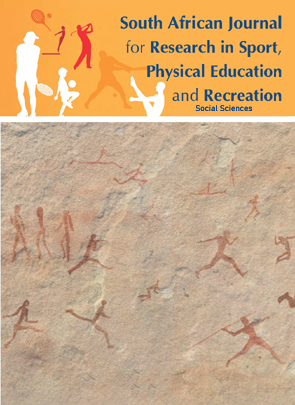ASSOCIATIONS BETWEEN BODY MASS INDEX, PHYSICAL ACTIVITY AND SOCIO-ECONOMIC STATUS IN ZIMBABWEAN ADOLESCENTS
Main Article Content
Abstract
Noncommunicable diseases (NCDs) continue to be a global public health challenge for both developed and low and middle-income countries, with inactivity, overweight and obesity contributing to mortality. The study aimed to determine the body mass index (BMI), objectively measured physical activity (PA) levels, and socio-economic status (SES) of Zimbabwean adolescents and to establish the associations between their BMI and their PA and SES, and between their PA and their SES. Participants (N=126) aged 12−19 years were included in the study. BMI was classified according to the WHO BMI z-scores. Participants’ PA levels were measured with a pedometer. SES was determined with the Family Affluence Scale III. The groups’ mean BMI was 20.45 kg/m2, with 18.9% of the females and 11.5% of the males being overweight. The groups’ mean average number of steps taken per day for seven days was 9 459, and their SES was classified as low. The association between the males, females and groups’ BMI with their PA levels was insignificant, negative and weak. There was a significant positive, weak association between BMI and SES for the males (r = 0.289; p < 0.05) and the group (r = 0.227; p < 0.05). The association between the females' PA and their SES was significant, negative and weak (r = - 0.338; p < 0.05) with a significant, negative and moderate association between the males’ PA and their SES (r = -0.448; p < 0.05). The higher the participants' BMI, the higher their SES, and the higher their PA levels, the lower their SES.

